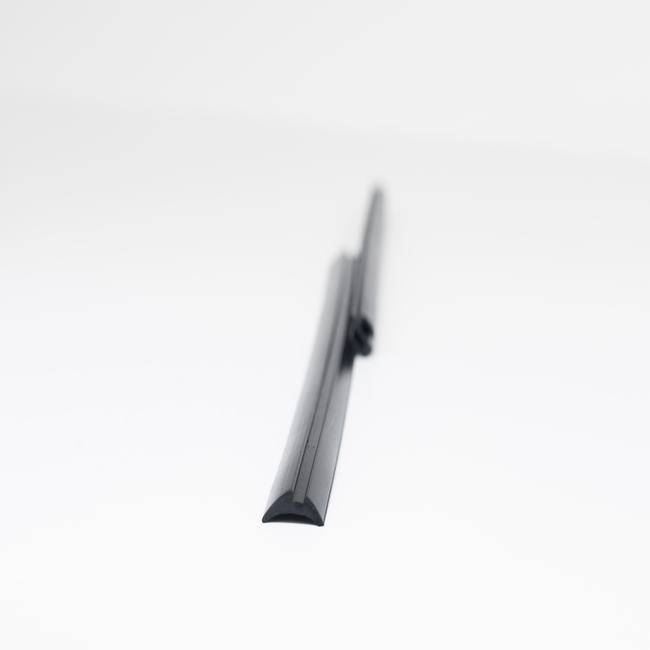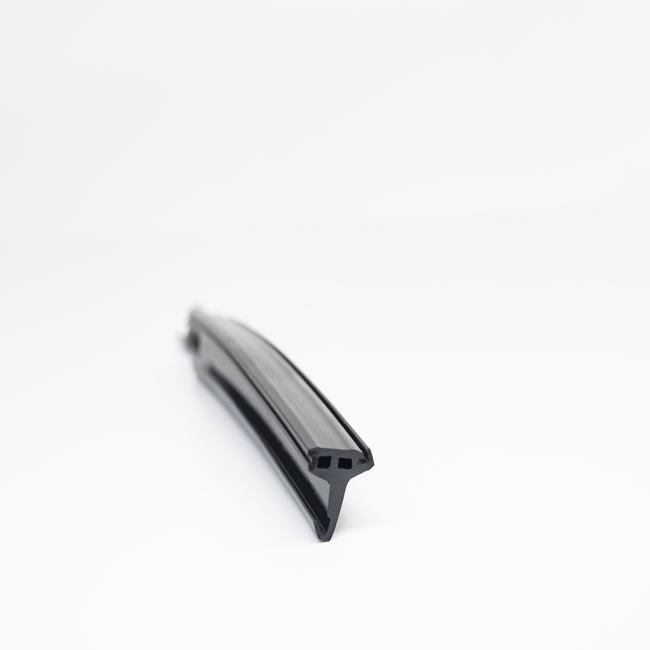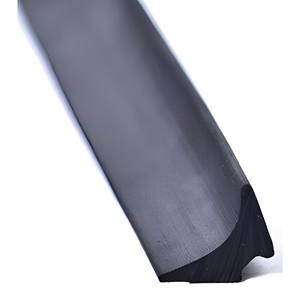Garage door seals are essential components designed to provide insulation, weatherproofing, and security for garage spaces. They help maintain the temperature inside the garage, prevent moisture and drafts from entering, and improve energy efficiency. Garage door seals come in various types and materials, each serving specific purposes. Here’s a detailed description of garage door seals:
Types of Garage Door Seals:
- Bottom Seals: These seals are installed at the bottom of the garage door to create a barrier against drafts, water, pests, and debris. They are often made of rubber, vinyl, or neoprene and feature a flexible design that conforms to the uneven garage floor.
- Threshold Seals: Threshold seals are placed on the garage floor just inside the door. They create a raised barrier that prevents water from flowing under the door. They are commonly used in areas prone to flooding.
- Weatherstripping: Weatherstripping is installed along the sides and top of the garage door frame to create a seal when the door is closed. It is typically made from rubber, vinyl, or foam and provides insulation against drafts.
- Side Seals: These seals are attached to the vertical tracks on the sides of the garage door. They help seal the gaps between the door and the frame, providing additional protection against drafts, dust, and pests.
Key Features and Benefits:
- Insulation: Garage door seals help maintain a more consistent temperature inside the garage, making it more comfortable and energy-efficient. This is especially important if the garage is used as a workshop or living space.
- Weatherproofing: They protect the garage from rain, snow, and wind-driven debris, keeping the interior dry and clean.
- Energy Efficiency: Properly installed garage door seals can improve energy efficiency by reducing heat loss during the winter and preventing hot air from entering during the summer, leading to lower energy bills.
- Pest Prevention: Seals help keep pests like insects, rodents, and snakes from entering the garage through gaps in the door.
- Noise Reduction: Some seals also provide soundproofing benefits by reducing the noise from outside sources.
Materials Used:
Garage door seals are commonly made from the following materials:
- Rubber: Rubber seals are durable and flexible, making them effective at creating a tight seal. They are resistant to moisture and temperature extremes.
- Vinyl: Vinyl seals are cost-effective and provide good insulation. They are also resistant to moisture and UV rays.
- Neoprene: Neoprene seals are known for their durability, resistance to chemicals, and flexibility. They are often used in industrial and commercial garage door applications.
Installation:
Installing garage door seals typically involves cleaning and preparing the surfaces, cutting the seals to the appropriate length, and attaching them using adhesive or screws. Threshold seals may require anchoring to the garage floor.
In summary, garage door seals are crucial for maintaining the comfort, security, and energy efficiency of your garage. They help create a barrier against the elements, pests, and drafts, ensuring that your garage remains a functional and protected space. Choosing the right type and material of garage door seal and following proper installation procedures are key to maximizing their effectiveness.






